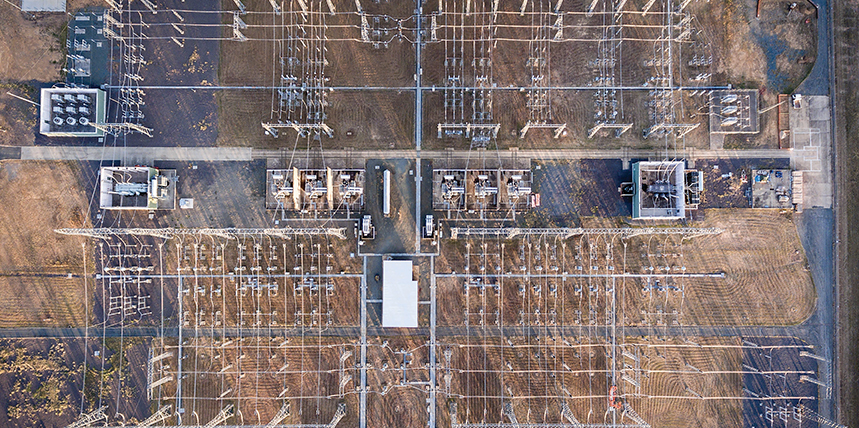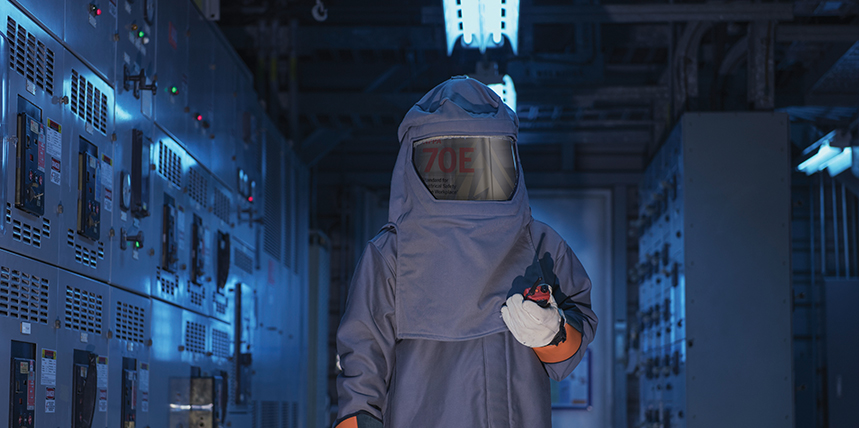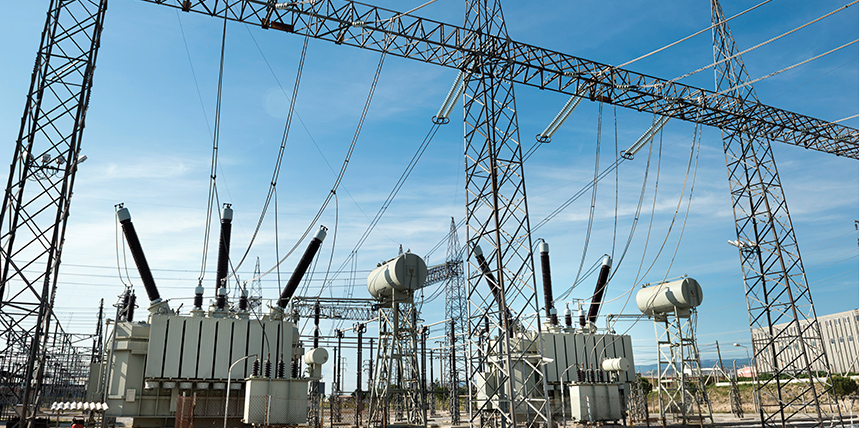Sweep frequency response analysis (SFRA) is a popular test to confirm the mechanical and electrical integrity of a transformer. However, the resulting traces can be difficult for field personnel to interpret due to the visual nature of the data. It is more straightforward to compare numbers against prior data or against a stated limit than to interpret subtle differences in …
Understanding and Avoiding Battery Failure
Earthquakes, hurricanes, tsunamis, wildfires, and the like do not occur with any predicted great frequency. Nonetheless, we have established precautionary programs that protect people and property from the physical threats posed by such events. In recent times, however, we have witnessed all too well the impact these events can have on the quality of our lives and businesses. Our world …
Ground Testing Procedures
Effective ground testing is an informed combination of instrumentation and procedure. Accuracy, resolution, safety, noise suppression, graphics, clamp features, and general reliability are all critical, as they are with any electrical testing. But effective and accurate ground testing depends as much on adherence to procedure as it does on quality of instrumentation. If the operator does not understand and diligently …
Protective Relaying
This edition of Tech Quiz covers protective relays. Many years ago, as I was teaching a protective relay class, a student asked, “What are these things?” I replied, “Relays,” to which he answered, “No, relays are those little black plastic things that go click-click.” I made sure to call them protective relays from then on. Things in the protective relaying …
Basic Fall Protection
Fall protection requirements and equipment varies depending upon where the work is being performed. The regulations can be confusing for some employees, so it is up to the manager or safety professional to understand the work, the environment the work is being performed in, and the equipment needed to mitigate the hazard of falling from height. When Is Protection Required? …
Combustion Turbine Generator Trip Analysis
Relay personnel responsible for testing protective relays are often called upon to troubleshoot and gather system data such as settings and event recordings when a major event occurs (for this example, a large generator trip). If only electromechanical relays are installed and no digital fault recorder is available, it can be difficult to determine the root cause of the trip …
Investigating an Electromechanical Differential Relay Misoperation
Transformer differential protection based on ANSI 87 is one of the most common protection methods for large power transformers due to its outstanding speed and accuracy. However, given the complexity of this method when applied on delta-wye grounded transformers, mistakes made during the design and/or installation phases might not be detected promptly and can eventually cause an undesired operation — …
Looking at NFPA 70E 2021: Part 1
In this issue of NETA World, we begin to explain some of the major changes in the 2021 edition of NFPA 70E. So whether you love the 70E, or find it a challenge and don’t want to deal with it…because your life at work is mandated by it, and you know what that means: Do it or else! But that …
Welcome to the Winter Edition
This edition of NETA World features articles on electrical power system protection. Protection schemes covering feeder, generation, transmission, and transformers may have many similarities, but they often contain specific functions or schemes unique to that type of equipment. Be sure you check out this edition’s four feature articles: “Challenges in Transformer Protection Testing,” by Scott Cooper of OMICRON electronics “Testing …
Testing Techniques for Protection-Class Current Transformers
Relaying current transformers serve as critical components in the design of a protection scheme. CT performance under fault conditions should be within its operating characteristics for a true representation of fault magnitudes and reliable operation of the protection scheme. To ensure proper installation and operation, CTs are often subjected to one or more tests performed in accordance with standards including …












